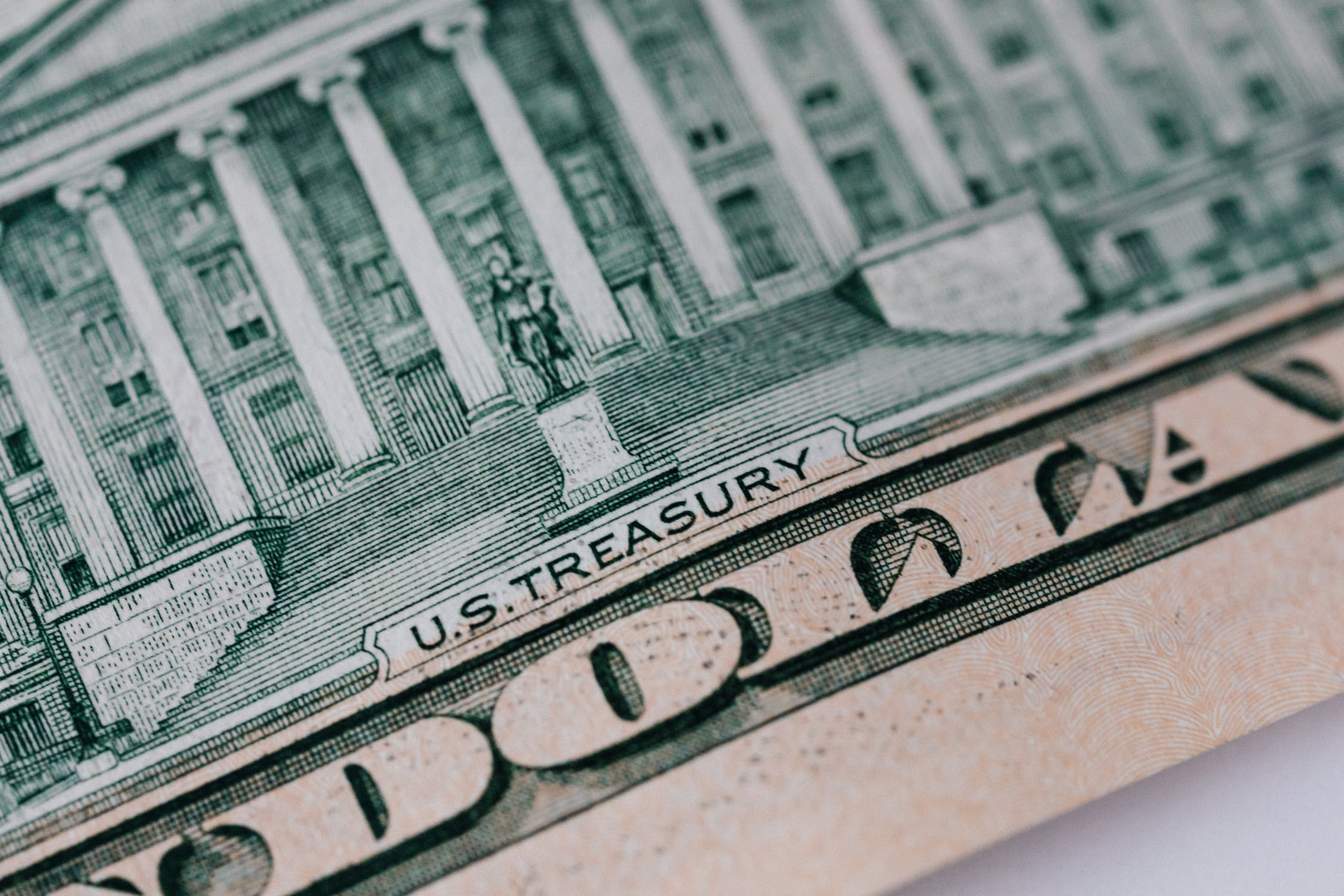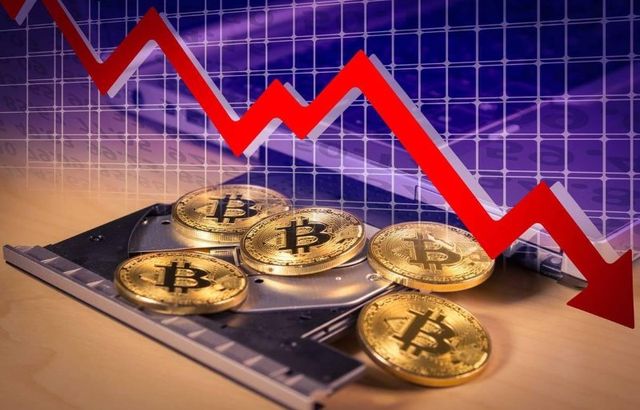 1 min read
1 min read 
The dollar index lost almost 0.7%, the largest drop in nearly seven months.
The yen became the leader in currency growth on Friday against the dollar, which showed the highest growth since the crisis in March 2020 (more than 1.6%). The euro bounced off levels close to the 17-month low, adding about 1%.
Panic in the markets was caused by a new South African strain of the coronavirus called the Greek letter omicron. Experts have noted numerous mutations in the spike of the virus that can reduce the effectiveness of vaccines.
The virus is rapidly replacing other strains in South Africa, several times ahead of "delta" and "alpha", in comparison with which it has twice as many changes in the genome, writes finanz.
If existing vaccines prove to be useless to protect against the new variant of COVID-19, all gains in mass vaccination will disappear and the world economy will become very vulnerable.
“Cases of coronavirus are already on the rise in the United States and Europe, but now, with the emergence of a new strain, investors are concerned that infections will spread simultaneously and everywhere,” notes Sumitomo Mitsui DS Asset Management.
JPMorgan expects the dollar to strengthen in 2022, while the euro, yen, yuan and Mexican peso will fall in value, writes ProFinance. The main trade theme in 2022 will be monetary policy divergences as central banks diverge and pursue different goals.
Goldman Sachs predicts that next year the Fed will tighten monetary policy faster than previously thought, amid rising inflationary pressures. Bank of America also expects the dollar rally to continue due to Fed policy to fight inflation.
Meanwhile, the US Federal Reserve may postpone tightening monetary policy should the new Omicron coronavirus spread, which could hit the global economy.

 1 min read
1 min read 
.png)


